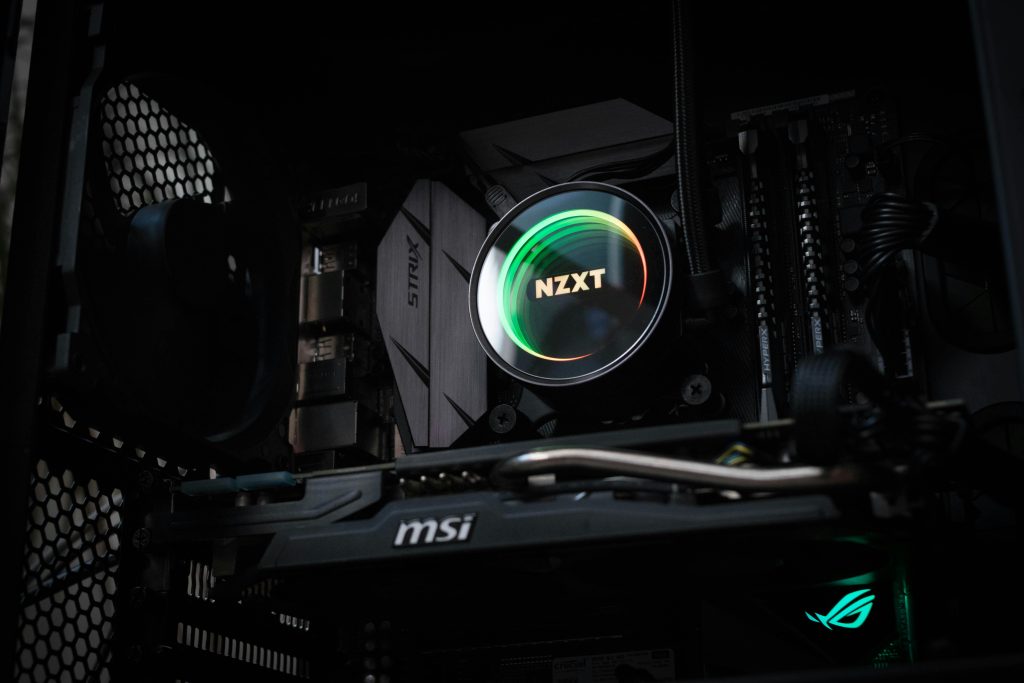Understanding and Addressing BSODs Linked to NVIDIA Driver 582.83: A Case Study
Introduction
Blue Screen of Death (BSOD) errors can be incredibly frustrating for PC enthusiasts and gamers alike, especially when they occur unpredictably and persist despite troubleshooting efforts. This article examines a real-world scenario involving persistent BSODs since installing NVIDIA’s driver version 582.83 and explores potential causes, diagnostic steps, and solutions.
System Overview
- Motherboard: ASUS Prime 5080
- Graphics Card: NVIDIA GeForce RTX 5080
- Notable Software: NVIDIA Driver 582.83
Background and Symptoms
The user began experiencing frequent BSODs several months ago after initially installing the NVIDIA GeForce driver 582.83 soon after its release. The crashes occur randomly—sometimes during gaming sessions, other times while on the desktop—with no apparent pattern or specific trigger.
Key observations include:
– Inconsistent crash frequency: ranging from no issues for weeks to multiple crashes per day.
– Variability in system stability: occasional periods without BSODs, despite other minor issues.
– Performance discrepancies: peer users with identical GPUs achieving higher frame rates under similar settings.
Troubleshooting Attempts
Extensive steps have been undertaken to resolve the problem:
– Hardware replacements: testing with temporary components to rule out hardware failure.
– Driver management: using DDU (Display Driver Uninstaller) for clean uninstalls and reinstalling various driver versions, including both older and newer releases.
– Operating System reinstallation: performing clean Windows installs to eliminate software conflicts.
Despite these efforts, the BSODs persist, with error codes consistently referencing “ntoskrnl.exe” and related offsets (ntoskrnl.exe+5017d0). These particular errors typically indicate kernel-level issues, often linked to hardware or driver conflicts.
Potential Causes
While no definitive cause has been established, several factors could contribute:
1. Driver Compatibility: The 582.83 driver version may have introduced instability or conflicts, especially on specific hardware configurations.
2. Hardware Damage: Concerns have been raised about the possibility of GPU damage, as mentioned in hardware reviews and discussions (e.g., Gamers Nexus), though this remains speculative without concrete diagnostics.
3. Overclocking or System Overload: Although not specified, any overclocking or system stress could exacerbate underlying issues.
4. Software Conflicts: Other system drivers or background applications might interfere with GPU operation.
Recommended Diagnostic Steps
A
Share this content:



